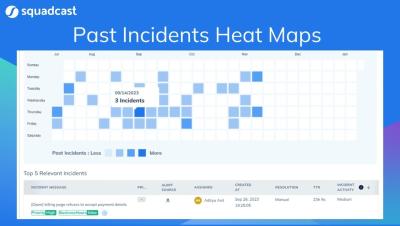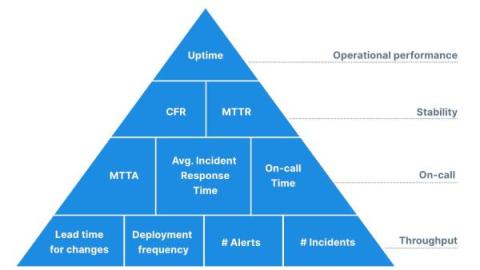Understanding Linux File System: A Comprehensive Guide to Common Directories
Welcome to an in-depth exploration of the Linux file system! In this comprehensive guide, we'll demystify the various directories found in a typical Linux distribution, explaining their purposes and functionalities. Whether you're a seasoned sysadmin or a curious newcomer, this article will enhance your understanding of the backbone of Linux's structure and operation.










